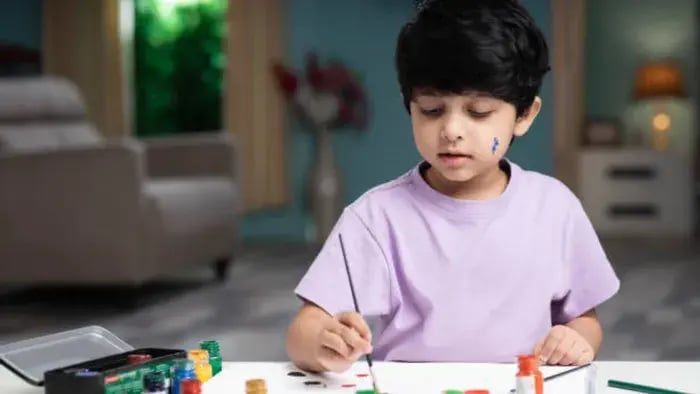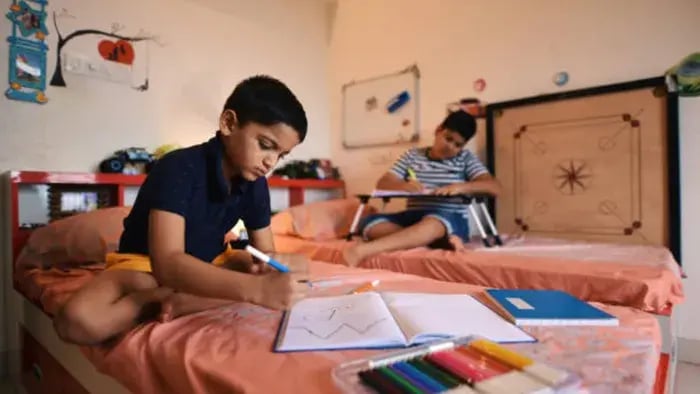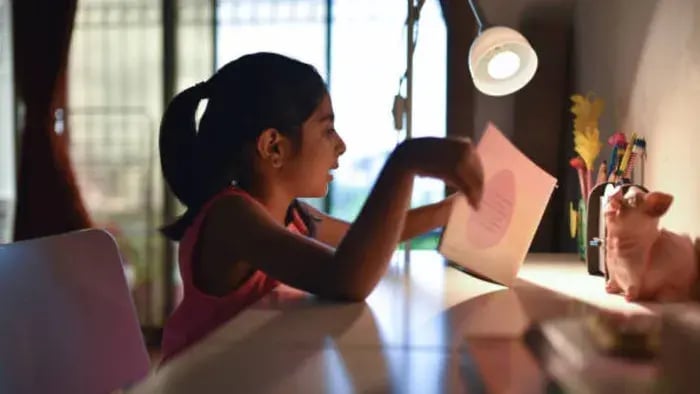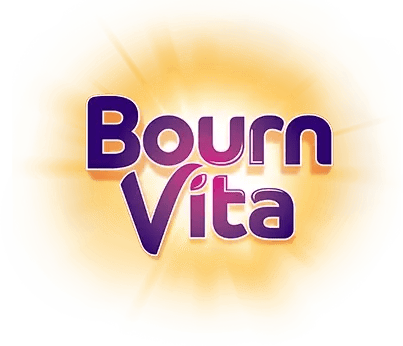- Personal Touches That Build Connection
- Organizers That Are Visible and Easy to Reach
- A Pinboard or Whiteboard for Ideas and Schedules
- Soft Lighting to Set the Mood
- Calm Colors and Less Clutter
- Motivational Reminders That Speak to Them
- Seasonal or Theme-Based Refreshes
Introduction

How a study table is set up can subtly shape how kids feel about learning. For younger kids, it’s a playful corner that encourages curiosity. For tweens and teens, it’s a personal space to think, manage time, and focus. What is important is how it supports their mindset and habits.
As kids grow, their needs for a study space change. A primary schooler may love colorful bins and creative charts, while an older child may prefer calm lighting, clean surfaces, and a few personal touches like a motivational quote or favorite photo. Small changes like better lighting, easy-to-reach supplies, or adding a pinboard can help them stay more organized and less distracted.
The right environment can encourage better routines without pressure. When kids love their space, they’ll sit down, stay put, and get things done, without being nagged. It becomes a quiet support system that grows with them and makes study time just a bit easier to start and finish.
Study Table Decoration Tips for Kids, Tweens, and Teens That Actually Work

Every stage of growing up brings new challenges in how your child learns. A young child may need a bright, playful space that sparks interest, while a teen often seeks calm and order to stay focused through long hours of study. Here are 7 helpful decoration tips you can try, designed to support better focus and encourage a positive study mood.
Personal Touches That Build Connection
Allow your child to choose a few favorite items for their table, a toy, a framed drawing, or a photo that brings them comfort. For younger kids, this could be their favorite cartoon character, while older kids may enjoy motivational cards or personal artwork. These small elements make the study table feel familiar and safe, turning it into a place they associate with comfort, not pressure.
Organizers That Are Visible and Easy to Reach
An organized space makes it easier for kids to focus. Use colorful bins, pencil holders, or trays to keep things neat. Let kids label or color-code them. Tweens especially benefit from having different containers for pens, flashcards, and notes. When supplies are within reach and clearly sorted, there’s less distraction and more time spent on actual studying.
A Pinboard or Whiteboard for Ideas and Schedules
For tweens and teens, a corkboard or whiteboard above the desk is incredibly useful. It becomes a spot for reminders, to-do lists, and even a motivational message they write themselves. Kids can add their touch with stickers or colors. It’s a simple tool that keeps them in charge of their time while visually supporting focus and memory.
Soft Lighting to Set the Mood
Proper lighting not only protects the eyes but also affects how long kids can concentrate. A flexible table lamp with soft, warm lighting can make the space more inviting. For younger children, fun-shaped lamps or fairy lights add a touch of magic, while teens might prefer sleek, modern styles that make their space feel more grown-up and calm.
Calm Colors and Less Clutter
Choose table decorations in soothing shades, light blues, soft greens, or earthy tones to help relax the mind. Avoid loud patterns or too many bold colors that can be distracting. Keep only a few well-chosen items on the desk. For older children, a clutter-free desk helps reduce mental load, making it easier to start studying without feeling overwhelmed.
Motivational Reminders That Speak to Them
Hang a small sign or printout with a message your child connects with, something gentle yet encouraging. For younger kids, this could be a fun rhyme about doing their best. For tweens and teens, it might be a line they relate to about perseverance or growth. These phrases become a quiet nudge on days when motivation is low.
Seasonal or Theme-Based Refreshes
Let your child refresh their table decor every few months, maybe with seasonal colors, a small indoor plant, or a themed calendar. Even something as small as changing their desk mat or pinning up a new drawing can bring new energy to the space. This practice keeps the environment feeling fresh and gives them a sense of ownership and creativity.
Conclusion

A well-thought-out study table helps your child enjoy learning a little more. The right mix of calm, color, and personalization allows them to settle into routines without stress. As your child grows, this space can evolve with them. What matters most is that it reflects their personality while supporting their need to stay focused, feel confident, and learn with joy.
Her love for storytelling began with reading her grandfather’s speeches, where Tarishi saw the power of words in creating lasting memories. Combining her passions for food and writing, she has turned her life into a fulfilling path of sharing stories that celebrate flavours and how food brings communities together.
The views expressed are that of the expert alone.
The information provided in this content is for informational purposes only and should not be considered a substitute for professional medical advice, diagnosis, or treatment. Always seek the advice of your physician or another qualified healthcare provider before making any significant changes to your diet, exercise, or medication routines.
















